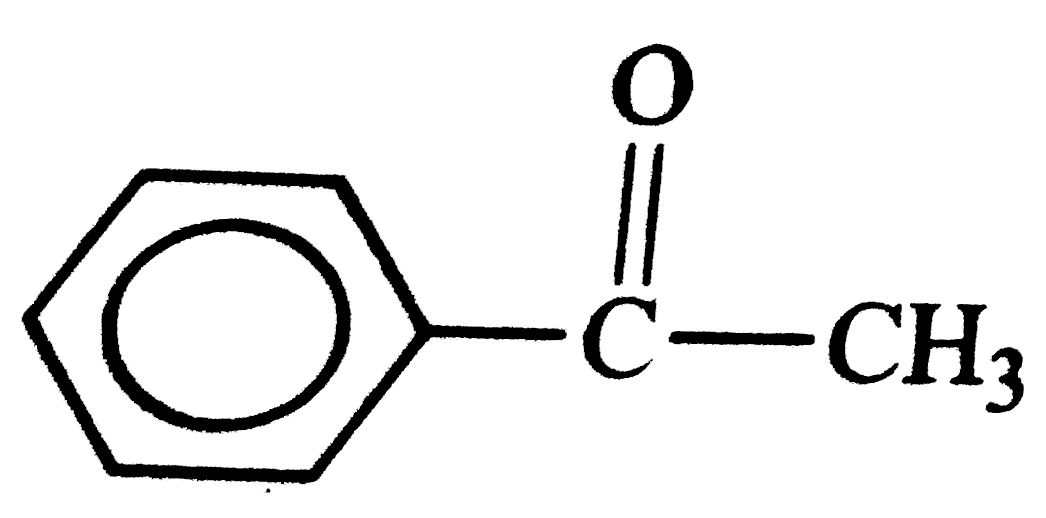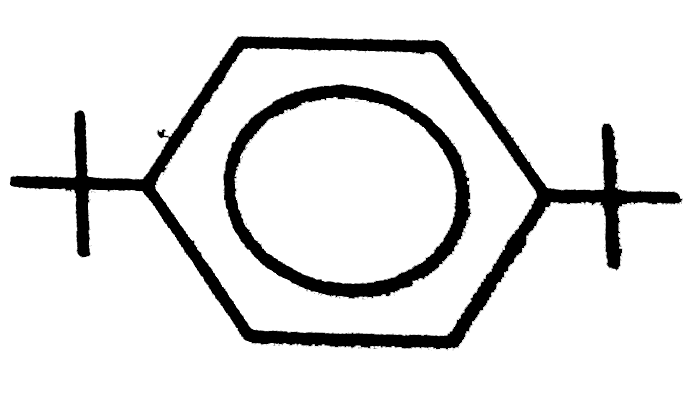Out of  which will be eluted first in moderately polar solvent and why ?
which will be eluted first in moderately polar solvent and why ?
Text Solution
 has significant dipole moment while
has significant dipole moment while  being symmetrical has zero dipole moment. Therefore, di-tert-butylbenzene is non-polar and hence will not be adsorbed strongly or the adsorbent and hence it will be eluted first in moderately polar solvent.
being symmetrical has zero dipole moment. Therefore, di-tert-butylbenzene is non-polar and hence will not be adsorbed strongly or the adsorbent and hence it will be eluted first in moderately polar solvent.
|
Topper's Solved these Questions
- ORGANIC CHEMISTRY-SOME BASIC PRINCIPLES TECHNIQUESBOOK - PRADEEPCHAPTER - ORGANIC CHEMISTRY-SOME BASIC PRINCIPLES TECHNIQUESEXERCISE - Analytical Questions and Problems with Answers/Solutions (Problems)
4 Videos
- ORGANIC CHEMISTRY-SOME BASIC PRINCIPLES TECHNIQUESBOOK - PRADEEPCHAPTER - ORGANIC CHEMISTRY-SOME BASIC PRINCIPLES TECHNIQUESEXERCISE - Competition Focus (Jee (Main and Advanced)/Medical Entrance) I. Multiple choice Questions (With One Correct Answer)
135 Videos
- ORGANIC CHEMISTRY-SOME BASIC PRINCIPLES TECHNIQUESBOOK - PRADEEPCHAPTER - ORGANIC CHEMISTRY-SOME BASIC PRINCIPLES TECHNIQUESEXERCISE - Additional Questions (Long Answer Type Questions)
10 Videos
- HYDROGEN BOOK - PRADEEPCHAPTER - HYDROGEN EXERCISE - COMPETITION FOCUS (Assertion-Reason Type Questions) Type 2
15 Videos
- P-BLOCK ELEMENTS (NITROGEN FAMILY)BOOK - PRADEEPCHAPTER - P-BLOCK ELEMENTS (NITROGEN FAMILY)EXERCISE - Competition focus jee(main and advanced)/ medical entrance special) (VIII. Assertion-Reason Type Questions)
10 Videos
Similar Questions
Knowledge Check
which is more reactive nucleophile in polar protic solvent ?
AF−BCI−CBr−DI−The addition of a polar solvent to a solenoid electrolyte results in
APolarizationBAssociationCIonizationDNon- liberation of heatBest nucleophile in polar protic solvent is
AF−BCl−CBr−DI−
Out of 4s and 3d, which subshell is filled first and why?
View Solutionwhich is more reactive nucleophile in polar protic solvent ?
View SolutionThe correct order of ionic size in polar solvent is
View SolutionExplain why ionic solids are more soluble in polar solvents.
View SolutionThe correct order of ionic size in polar solvent is
View Solution
